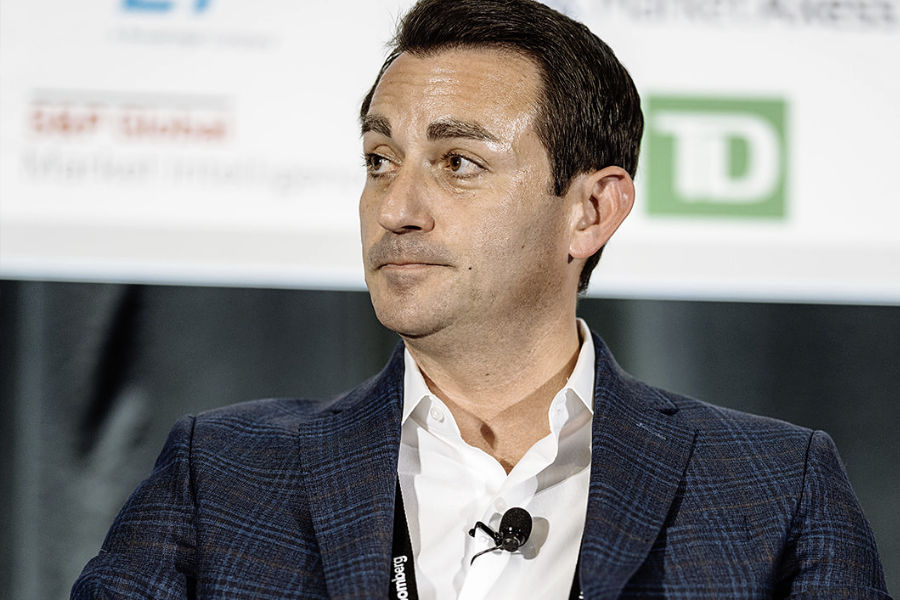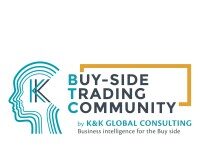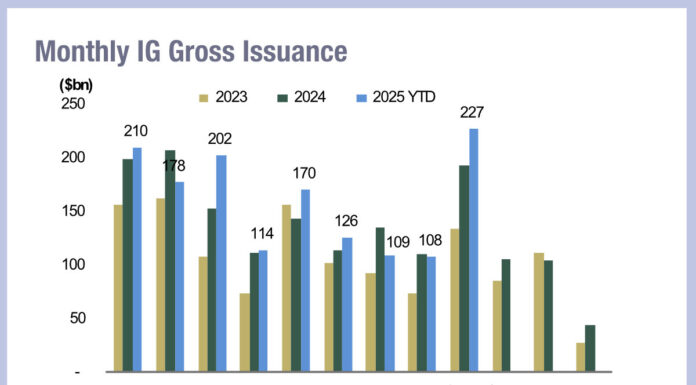Buy-side firms were able to express their trading ideas into the market effectively during market volatility in April demonstrating that flexibility of communication and trading methods are delivering real benefits.

“We definitely saw a lot of activity moving between high electronic and high analogue at the same time, which is unique for this cycle.” said Brad Levy, CEO of Symphony
The exchange traded fund (ETF) ecosystem played a central role in keeping markets moving during April’s volatility, not just as tradable instruments but also by supporting portfolio.

Bill Wright, director of Credit, Bank Loans & Derivatives Trading, Loomis, Sayles & Co. noted, “The new issue market is important for secondary because it sets the balance for where risk is tabled. ETFs were very prominent [during market volatility], because you can see where they’re trading, you can see the net asset value (NAV). The reason they were important is that we actually saw portfolio trading volume increase, at least in high yield during that period. And the reason why portfolio trading exists at all is because the ETF market allows the broker dealer community to hedge their portfolio trading. That’s the biggest market structure trend I’ve seen in the last five years.”
Portfolio trading was not a salve but part of the armoury of buy-side traders. Having a range of tools supported a breadth of investment strategies. Some traders often leaned more on voice during volatile stretches, even as electronic trading remained strong for others.
Levy said “We see there’s definitely movement towards voice or more analogue behavior when there’s volatility. At the other end of the spectrum, there’s a very big hit to the electronic movement of trading pushing back. So, you see those bookends.”
However, the level of activity tested limits for some firms, “What you build for in BAU may not be what you were built for in crisis” said Levy.
©Markets Media Europe 2025












